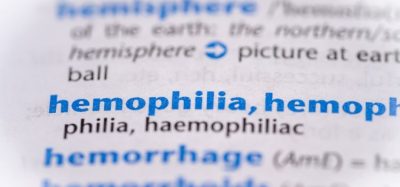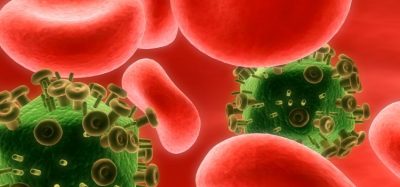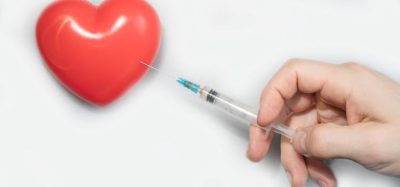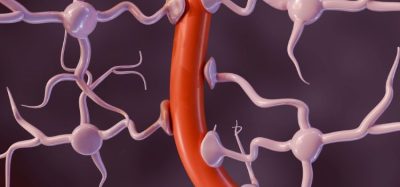New data for Trulicity and Tradjenta in type 2 diabetes
Posted: 13 June 2016 | European Pharmaceutical Review | No comments yet
Lilly has announced new findings from separate studies of Trulicity (dulaglutide) and Tradjenta (linagliptin) at the American Diabetes Association 76th Scientific Sessions.


Trulicity is Lilly’s once-weekly glucagon-like peptide-1 (GLP-1) receptor agonist that is used along with diet and exercise for the treatment of type 2 diabetes.
Data from the Phase III AWARD-9 trial show Trulicity1.5 mg significantly reduced haemoglobin A1c (A1C) and body weight as an add-on to insulin glargine without increasing the risk of low blood sugar after 28 weeks compared to placebo plus insulin glargine.
Paolo Pozzilli, M.D., professor of endocrinology and metabolic diseases at University Campus Bio-Medico in Rome, commented on the data: “AWARD-9 demonstrates that Trulicity may help people with diabetes who continue to experience inadequate glycemic control on insulin glargine alone reach their treatment goals.”
After 28 weeks of treatment, Trulicity 1.5 mg plus insulin glargine significantly reduced A1C from baseline (1.44 percent) compared to placebo with insulin glargine (0.67 percent). Also, significantly more people treated with Trulicity 1.5 mg plus insulin glargine achieved an A1C of less than 7 percent (69.3 percent) compared to placebo with insulin glargine (35.1 percent);
The group treated with Trulicity 1.5 mg plus insulin glargine saw significant reductions in fasting serum glucose levels (the amount of sugar in the blood in a fasting state) with a 44.63 mg/dL reduction compared to the group treated with placebo plus insulin glargine (27.90 mg/dL reduction); and study participants treated with Trulicity 1.5 mg experienced significant weight loss (-1.91 kg) compared to participants treated with placebo plus insulin glargine, who gained weight (0.50 kg).
During the course of the study, insulin glargine was titrated using a treat-to-target algorithm in both groups; after 28 weeks, participants treated with Trulicity 1.5 mg took an average of 13.19 units less of insulin glargine than those treated with placebo plus insulin glargine (51.42 vs. 64.61 U).
The most commonly reported adverse events for people taking Trulicity in AWARD-9 were gastrointestinal-related and consistent with prior Trulicity studies. Hypoglycaemia rates were similar in the Trulicity 1.5 mg plus insulin glargine group (7.69 events/patient/year) compared to those treated with placebo plus insulin glargine (8.56 events/patient/year). One severe hypoglycaemic event was documented in the Trulicity 1.5 mg plus insulin glargine group.
Tradjenta in type 2 diabetes
New data for Tradjenta in type 2 diabetes was also presented at the American Diabetes Association 76th Scientific Sessions.
Results from the MARLINA-T2D trial demonstrated that Tradjenta, which is marketed by Boehringer Ingelheim and Lilly, reduced blood sugar in adults with type 2 diabetes who are at risk for kidney impairment, with a renal safety profile similar to that seen in other trials.
“Up to half of people with type 2 diabetes experience long-term problems with kidney function,” commented Professor Per-Henrik Groop, professor of nephrology, and chief physician at the division of nephrology, Helsinki University Central Hospital, Helsinki, Finland and principal investigator of the MARLINA-T2D trial. “Diabetes treatment options are generally limited for this group. These results support the use of TRADJENTA, with just one dose for all patients, including those with type 2 diabetes who have early signs of kidney disease.”
In people who have diabetes, high levels of blood glucose can damage the kidneys’ filters. Over time, the damage can increase risk for developing kidney impairment. One of the first signs of damaged kidneys and early stage kidney disease is leakage of the protein albumin out of the kidneys into the urine — a condition known as albuminuria that indicates risk for further worsening of kidney function.
MARLINA-T2D examined the safety and efficacy of Tradjenta versus placebo in 360 patients with T2D and albuminuria (defined as urinary albumin-to-creatinine ratio (UACR) 30-3000 mg/g creatinine). At 24 weeks, Tradjenta was associated with a significant 0.6 percent reduction in A1C versus placebo. Change in albuminuria, as measured by UACR, was non-significant with Tradjenta versus placebo. Tradjenta was well tolerated in the trial, with a renal safety profile consistent with that of previous clinical trials.









